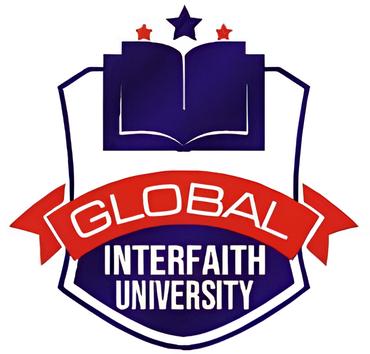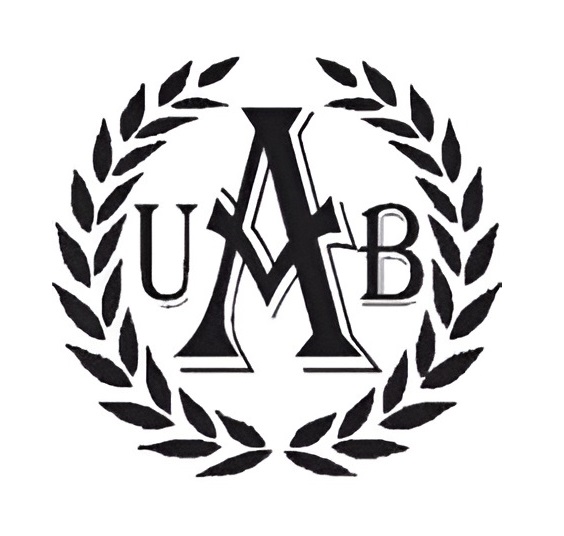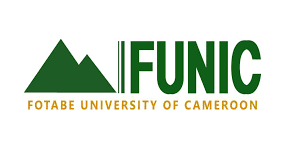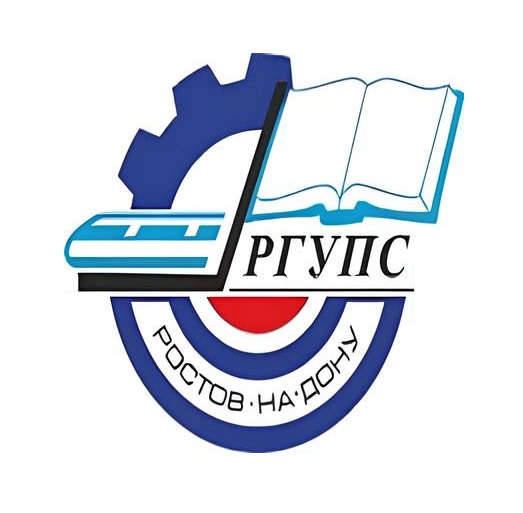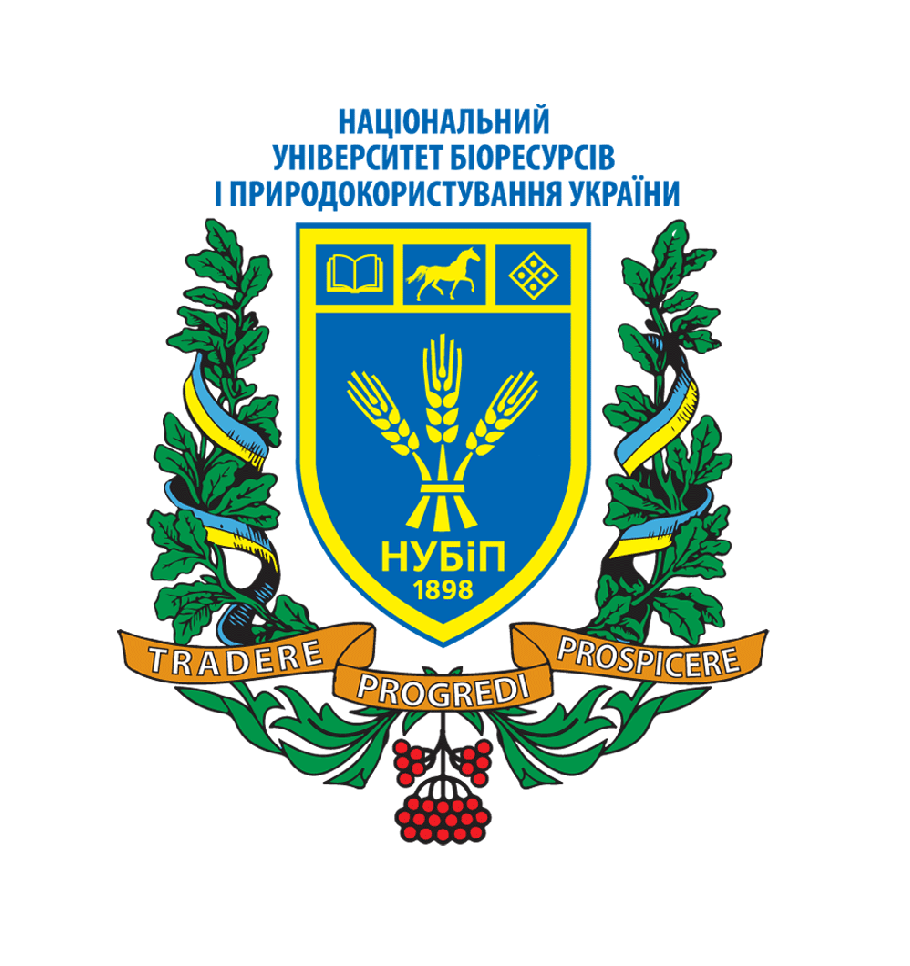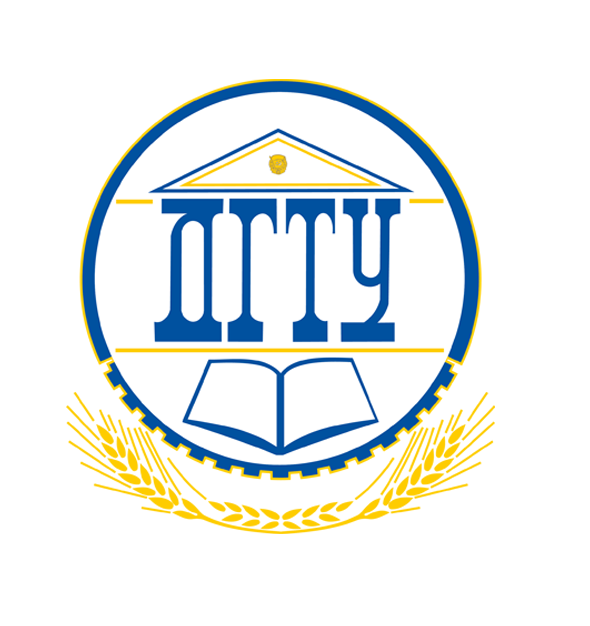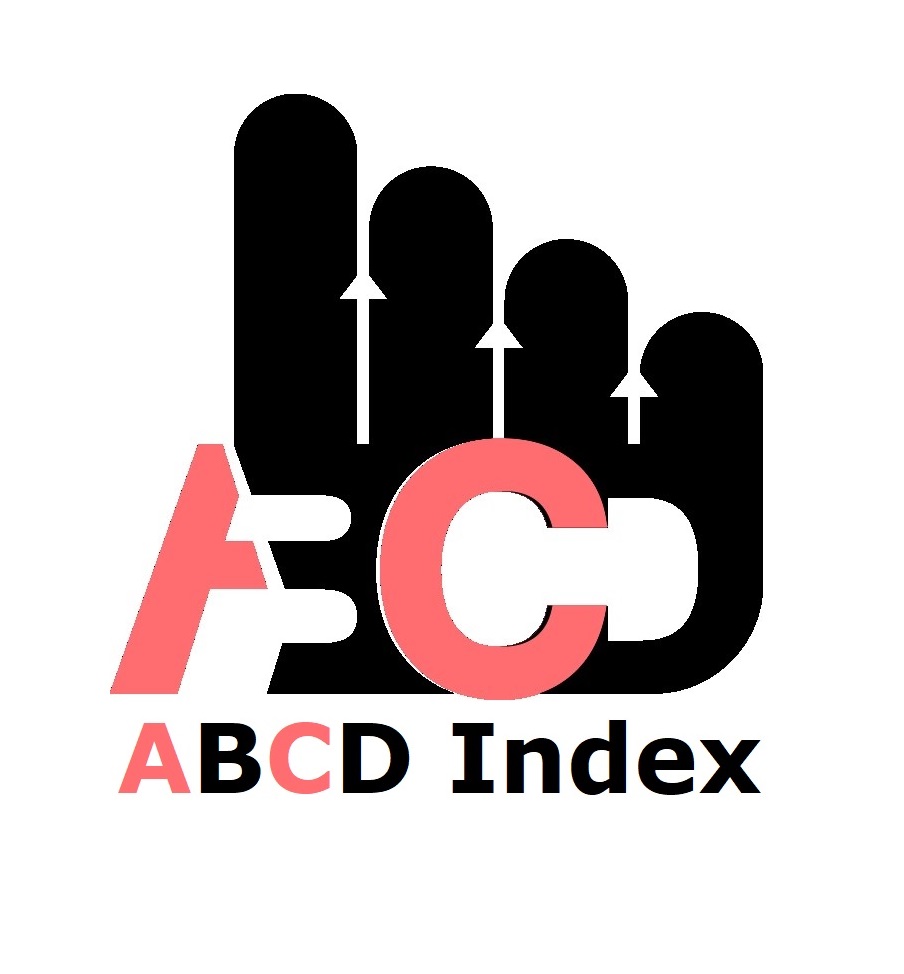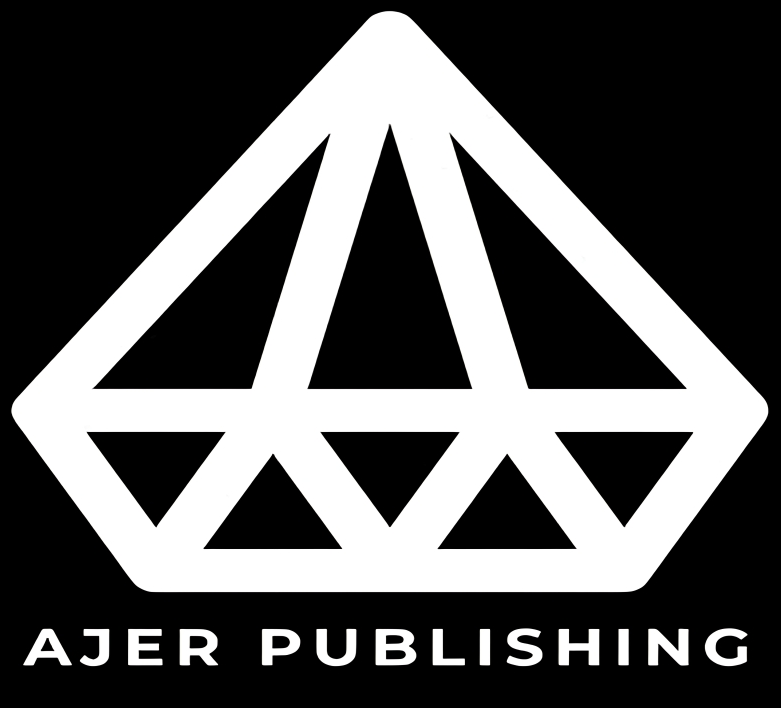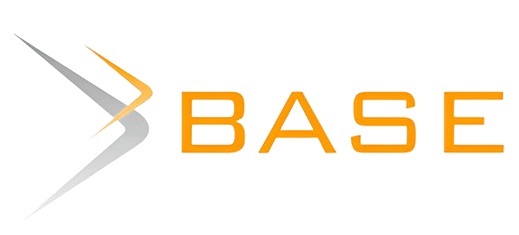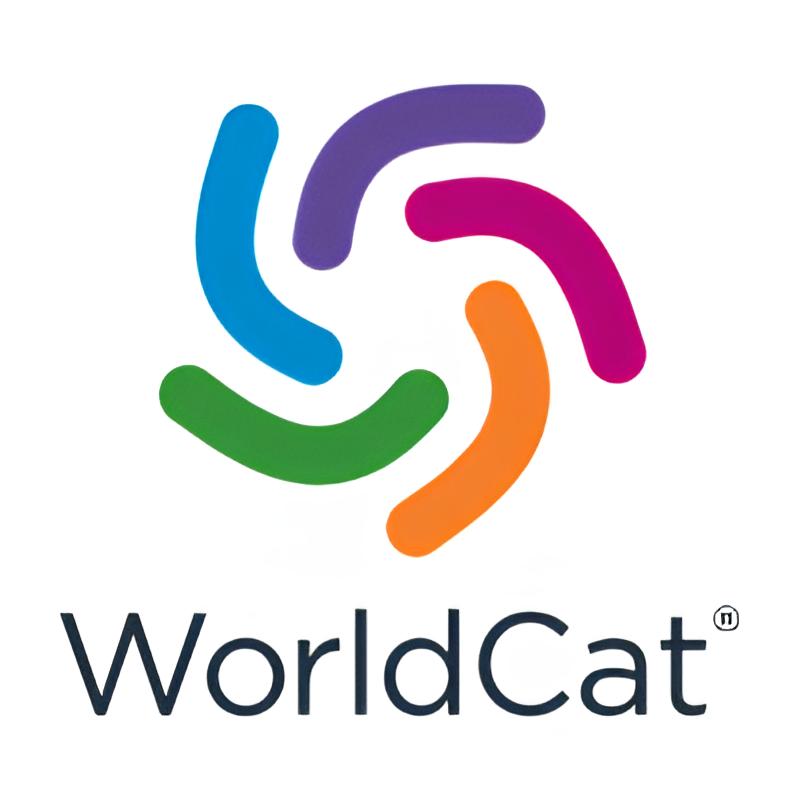Enhancing Higher Education Industry Linkage: The Contribution of Tanzania Commission for Science and Technology (COSTECH), Dar es Salaam, Tanzania
Mots-clés :
Higher Education, Higher Education - Industry Linkage, Intermediary OrganizationsRésumé
The study was conducted to examine the contribution of Tanzania Commission for Science and Technology (COSTECH) to higher education - Industry linkage. The specific objectives of the study included; elaborating the effectiveness of COSTECH policies on promoting innovators activities from higher education institutions, understanding the role of COSTECH on moderating higher education industry linkage, and lastly assessing the efficiency of COSTECH on linking collaborative scientific research between universities and industry. Purposive sampling was used to obtain sample units for the study. The study managed to obtain twenty three (23) respondents who provided information needed to answer specific research questions. The study findings has indicated that, the effectiveness of COSTECH to enhance HIL was demonstrated by the frameworks institutionalized by COSTECH in making use of Science and Technology Policy of 1996 and the Research and Development Policy of 2010 to protect the IP and inventions of researchers. Also by the establishment of National Fund for the Advancement of Science and technology (NFAST) with an obligation to provide grants to (R&D) , awarding funds to (STI’s) and technology transfer activities and also to provide support to technology transfer activities done by local scientists within the priorities that are pee-determined by the government. The study findings shows COSTECH execute its roles by ensuring that industry and higher learning institutions are involved in R&D conducted, through Technology and Innovation Support Centres (TISCs) and Technology Transfer Offices (TTOs), whereas the centers facilitates early engagement with industry stakeholders, aligning research with market needs. The TISCs and TTOs organize consultations, workshops, and collaborative research programs for continuous feedback. Furthermore the efficiency of COSTECH in enhancing HIL was demonstrated by its the ability to issue 45 patent applications, a successful commercialization of 15 intellectual properties and on top of that the awarding of 20 patent certificates, registration of 30 trademarks and 25 copyrights within the financial year 2023/2024. The study was concluded by mentioning that the mechanisms and foundation for HIL nourishment have been well established by COSTECH through different guidelines, frameworks and policies. Lastly The study recommendations suggested that HIL should be championed by state owned universities and firms as a starting point so as to attract other actors from the private sector.
Publiée
Comment citer
Numéro
Rubrique
(c) Tous droits réservés Ramla Mwakasi, Feisal Issa 2024

Ce travail est disponible sous licence Creative Commons Attribution - Pas d’Utilisation Commerciale 4.0 International.








